【印刷可能】 e major scale piano chords 902896-E flat major scale piano chords
Various names E E Major EmajE Piano Chord E for Piano has the notes E Ab B Listen to it and learn about itsPiano Major Scales Major scales are the most important piano scales firstly, because they are very common and, secondly, because they are fundamental to understand keysIf you hear someone mention that a piano sonata by the composer and pianist Franz Schubert is played in A Major, it means that it depends on the A Scale
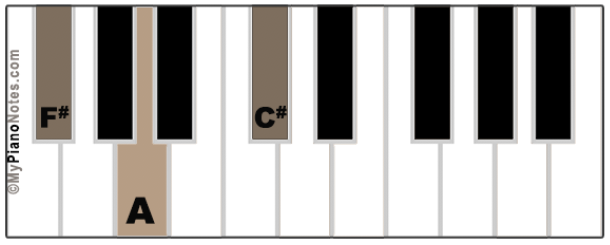
Chords In Key Of E Major All Triads Extensions Piano Examples
E flat major scale piano chords
E flat major scale piano chords-The E major scale has 7 notes, each with a corresponding scale degree Degree 1 2 3 4 5 6 7 1(octave) Note E F# G# A B C# D# E But how do we know which chord will be major or minor?1st inversion 2nd inversion E – G# – B G# – B – E B – E – G# Use these charts to create your own E chord or play a E Major melody E Major chord on a piano E Major chords on a guitar E Major chord on a bass


Diminished Chord Theory For Beginner Piano Players
E major Guitar Scales Chart C C# Db D D# Eb E F F# Gb G G# Ab A A# B Show All E Scales Hide Scales List E Major E Major pentatonic E Minor pentatonic E Dorian E Phrygian E Lydian E Mixolydian E Aeolian E Locrian E Blues E Harmonic Minor E Melodic Minor E Whole ToneKnowing the E flat major scale on piano not only helps you to play that and understand the key signature but you can also understand and know the Eb chord (written as Eb) Major chords are built off the 1st, 3rd and 5th notes of the scale So if you look at the major chord, this means Eb, G and make the major chordE major is a major scale based on E, with the pitches E, F♯, G♯, A, B, C♯, and D♯ Its key signature has four sharps Its relative minor is Csharp minor and its parallel minor is E minor Its enharmonic equivalent, Fflat major, has eight flats, including the double flat B, which makes it impractical to use The E major scale is
A C major chord does not have to be played in the C, E, G position As long as those notes are present, no matter the order or number notes, as long as they are C, E, G then the chord is still C major If you are interested in using basic piano chords to develop your piano technique read this article, What is an arpeggio and how to play itThe E# chord is a 3note chord (a triad) The E# chord is a major chord;E major chord for piano (including E/G# and E/B inversions) presented by keyboard diagrams Explanation The regular E chord is a triad, meaning that it consists of three notes On the picture of the keyboard, you can see the three notes of the E chord marked in red color Theory The E major chord is constructed with a root The lowest note in the chord, a major third An interval consisting of four semitones, the 3rd scale degree and a perfect fifth An interval consisting of seven semitones
Notice that chord vi is the tonic chord of C Major's relative minor— A Minor Chord vii° B diminished Building a chord on the seventh degree of a major scale will produce the dark sounding diminished triad In C Major, this chord is B diminished B D F Play it carefully, listening to the difference in the soundPiano Keys to PlayE♭ Major Chords Notes used in E♭ Major Chord E♭ G B♭Harmonizing Major scales into chords Every scale has matching chords In improvisation, scales are played "over" chords In this context, chords are the harmony while scales can be the melody, a solo, a phrase or a lick Here, we take a look upon which triads, fournote and fivenote chords the Major Scale can be harmonized into In other



Basic Piano Chords For Beginners I Chords Chart Diagrams


Chords In The Key Of E
Major chords Major chords are the most common chords for the piano and other instruments The major chord names are written in sole letters like C, D, E and so forth;Notes in the chord E G# B;Notice that within a minor key, chord ii will be a diminished chord, chord III an augmented triad and chord VI a major Chord vii° – D# diminished D# F# A Like in major scales, building a chord on the seventh note of the minor scale will produce a diminished chord Extended Chords By using the notes of the E Minor scale, we can build the



The Key Of A Major A Major Scale Key Signature Piano Chords And Common Chord Progressions Youtube
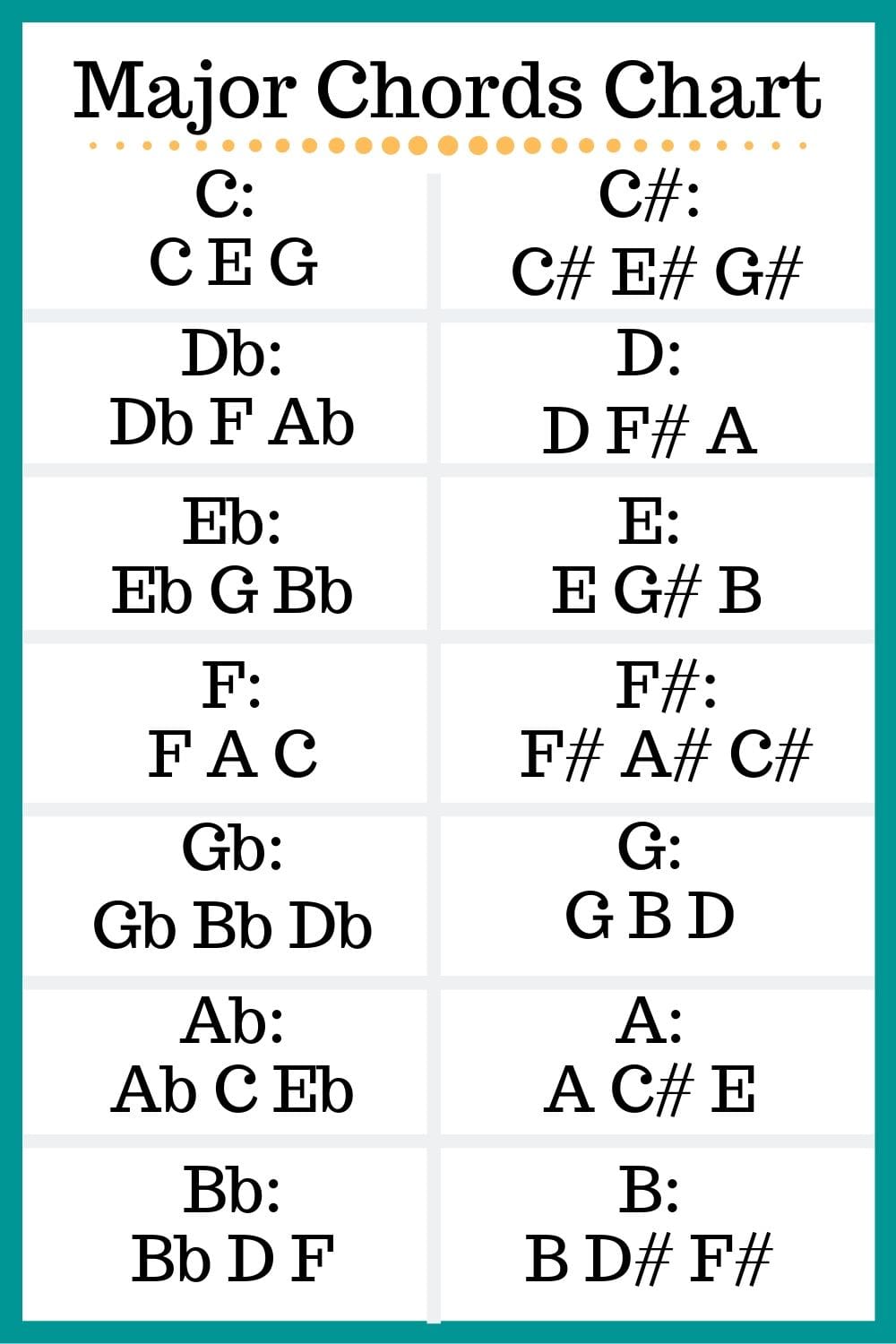


12 Major Chords
Virtual Piano Scales & Chords This is our older app with all the scale variations Which scales are represented?You can have a look at Piano Chords overview for more clarity on this topic Now, the primary and secondary chords are Primary Triads (Chords) in the Key of E Major Using the 1st, 4th and 5th notes of the scale, we will build the primary triadsE – F♯ – G♯ – A – B – C♯ – D♯ – E are the notes of the E major scale Diatonic chords are formed by stacking two generic third notes above each scale note E Major Diatonic Chords These are the seven major scale diatonic chords that come from the E major scale



E Piano Chord Learn In 1 Minute Free Piano Lesson Video
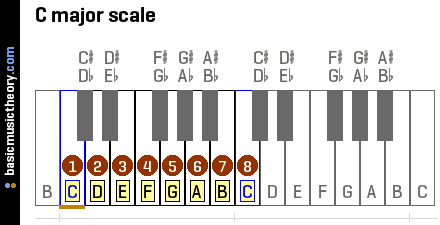


How To Write Epic Edm Chord Progressions The Easy Way Edmprod
E11/D Piano Chord E11/D for Piano has the notes E G# A B D Listen to it and learn about its interval structure R 3 4 5 m7 E11/D Chord AKA E7/11/D;A simple and efficient method to construct ANY major & minor chord on the pianoSign up for MORE awesome content at http//wwwpianopigcomIn this piano tutoHowever, since the major diatonic eleventh would create a dissonant minor ninth interval with the third of the chord, including the third is a rare phenomenon Though rare, in rock and popular music, for example 52 seconds into "Sun King" on the Beatles' Abbey Road, the third of the dominant eleventh ("as theoretically conceived" C, E, G, B ♭, D, F play (help · info)), is usually omitted



E Piano Chord How To Play The E E Sharp Major Chord Piano Chord Charts Net



E Flat Major Scale Piano Music Theory
E minor 7th chords The Solution below shows the E minor scale 7th chords, (i 7, ii ø 7, III 7, iv 7, v 7, VI 7, VII 7) on a piano, with mp3 and midi audio The Lesson steps then explain the 7th chord construction from this scale, and how to name the quality of each chord based on note intervals For a quick summary of this topic, and to see the chord quality chart for this scale, have aMajor Chord Info Major chords are played combining a root, major third, and perfect fifth notes of the root note's major scale Major Chord Formula 1 3 5E Major F# minor G# minor A Major B Major C# minor D# diminished These charts highlight


Chord Chart For Piano Players



How To Find Primary Chords On The Piano Julie Swihart
Major triads are made up of the 1 st, 3 rd, and 5 th note of a Major scale Let's use the C Major triad as an example C Major Scale C, D, E, F, G, A, B, C C Major Triad C, E, G 🎹 Take a look at the lesson Paparazzi & super hit chords and play a C Major triad with your right hand The C major triad is the first chord being played You can recognize the C Major chord by the letter 'C' written above itWhat Are The Chords In The Key Of E Major?The major seventh of an E Major Seventh chord is D# The major seventh is a halfstep from the Root A halfstep means that there are no piano keys in between This is why the major seventh is one of the easiest notes to find
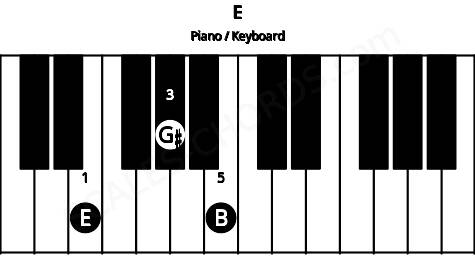


E Piano Chord E Major Charts Sounds And Intervals



Discovering Minor Chord Progressions Musical U
Eflat major chords The Solution below shows the Eflat major scale triad chords (I, ii, iii, IV, V, vi, vii o) on a piano, with mp3 and midi audio The Lesson steps then explain the triad chord construction from this scale, and how to name the quality of each chord based on note intervals For a quick summary of this topic, and to see the chord quality chart for this scale, have a look atE major E 7 E sus4 E minor E maj7 E sus2 E min7 F major F minor F 7 F maj7 F min7 F sus4 F sus2 F#/Gb major F#/Gb minor F#/Gb 7 F#/Gb maj7 F#/Gb min7 F#/Gb sus4 F#/Gb sus2 G major G minor G 7 G maj7 G sus4 G sus2 All_Piano_Chordsindd Author Simon Created Date 5/17/18 AMTo transform this E minor chord into an E major chord, all you need to do is raise the middle note by one key Check out the diagram below to see the change To play this E major triad , place your right hand thumb on E, your middle finger on G♯ (the black key directly to the right of G), and your pinky finger on B



Chords In Key Of E Major All Triads Extensions Piano Examples
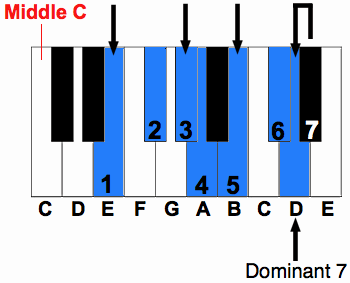


The E7 Chord How To Build And Play E Dominant Seven Chord
Major Scale Chord Pattern After going through the exercise above of building triads from the G major scale, you end up with a pattern of major and minor chords that holds true for all major scales The major scale chord qualities are summarized in the table belowE major chord E major chord for piano (including E/G# and E/B inversions) presented by keyboard diagrams Explanation The regular E chord is a triad, meaning that it consists of three notes On the picture of the keyboard, you can see the three notes of the E chord marked in red colorThat means for every major chord in any scale in any key we can apply them to any major scale and get relevant chords but in a different key Same goes for minor and any other chord In fact there are dozens of chord formulas that you will want to learn Major scales can also be harmonized using 7th, 9th, 11th, 13th and all other kinds of chords


G Minor Chord How To Play A Gm Chord On Piano



Basic Piano Chords Theory Diatonic Sequence The Piano Walk
The E Major scale contains the following notes E – F# – G# – A – B – C# – D# The E Major Scale is a great scale to be familiar with on the guitar The lowest note on the guitar (6th string open) is E, so in many ways the note E feels like a sort of 'home' noteKnowing the E flat major scale on piano not only helps you to play that and understand the key signature but you can also understand and know the Eb chord (written as Eb) Major chords are built off the 1st, 3rd and 5th notes of the scale So if you look at the major chord, this means Eb, G and make the major chord We could also learn EbM7 chordYou could use the following scales over a Cm7 chord C Dorian (C D E♭ F G A B♭) C Aeolian (C D E♭ F G A♭ B♭) You could use the following scales over a C7 chord C Mixolydian (C D E F G A B♭) C Lydian Dominant (C D E F# G A B♭) C Mixolydian♭6 (C D E F G A♭ B♭) Conclusion And so hopefully you now see, chords and scales are really the same thing
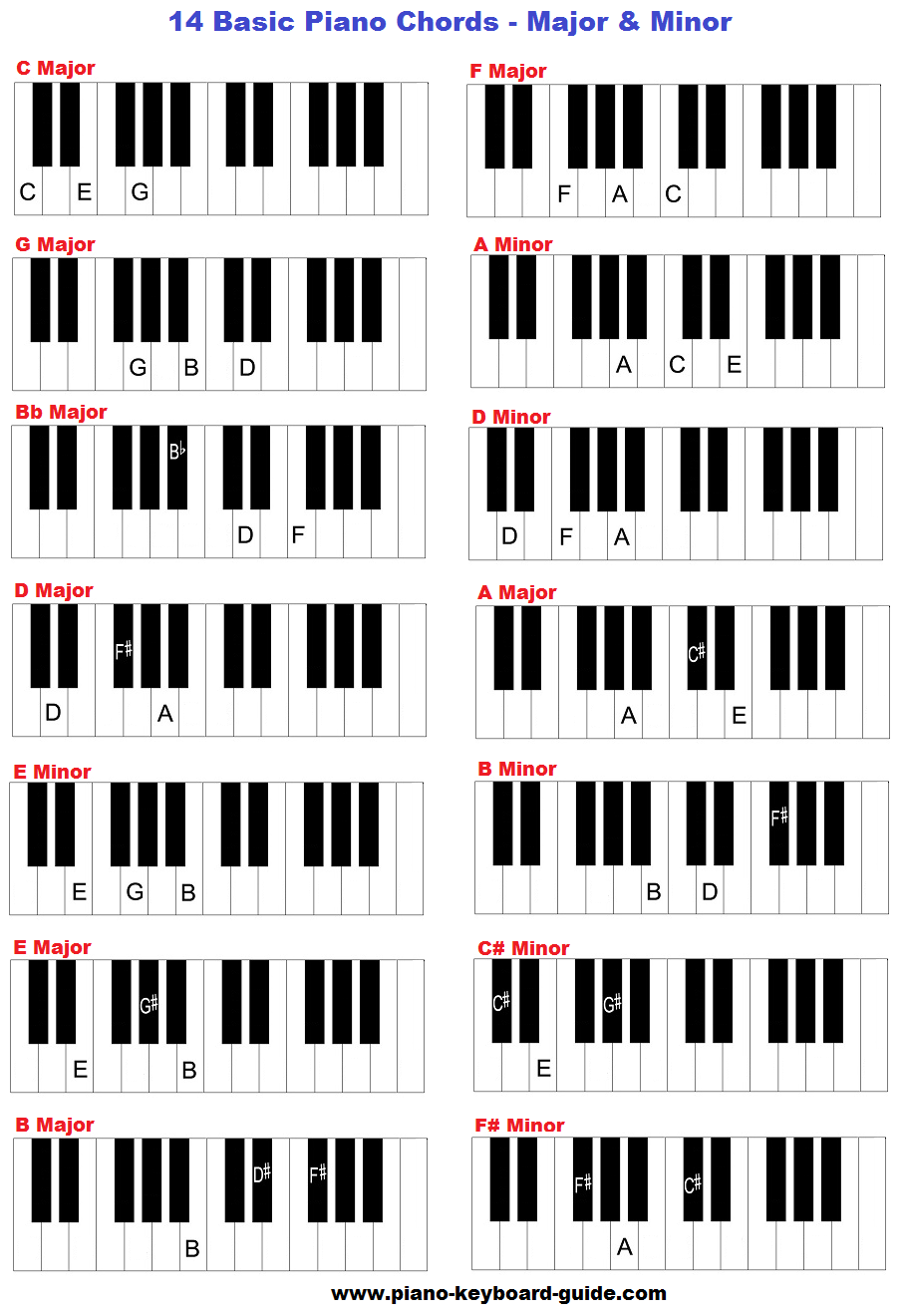


Learn Basic Piano Chords And Keys



Piano Chords Major Scales And Their Relationship Carousel Music Com
E Major Scale Fivenote chords Degrees Imaj9 iim9 iiim7(b9) IVmaj9 V9 vim9 Notes EStarting from a given root note, we need to form its triad in a way which leaves the chord constructed only from notes that can be found on the E major scale This means that starting from each root note, we'll count out the 1 st 3 rd and 5 th degrees along the major scale of that given root note We thanThey are as follows Chord I E major Its notes are E – G# – B Chord ii F# minor Its notes are F# – A – C# Chord iii G# minor Its notes are G# – B – D# Chord IV A major Its notes are A – C# – E Chord V B major It's notes are B – D# – F# Chord vi C# minor Its notes are C# – E – G#


Piano Chord Theory


How To Play The 1 4 5 Chord Progression In All Twelve Major Keys Gospel Music Training Center
Detailed information for the scale E major Notes, Intervals and relations to other scales in the databaseThat means for every major chord in any scale in any key we can apply them to any majorTo get all the notes of the scale – Start on the given note then use the W – W – H – W – W – W – H pattern W – whole step, H – half step All 12 major scales use that pattern To get the major chord – Get the 1 st, 3 rd, and 5 th notes of the scale To get the minor chord – Lower the middle note of the chord (3 rd degree



How To Play The E Major Chord On Piano And Keyboard Youtube


The E Major Scale
Comparing the C Major Scale with Cmaj13 C Major scale C – D – E – F – G – A – B C Major 13 chord C – E – G – B – D – A (the 11th, F in the case of Cmaj13, is normally excluded) To mention is also maj13#11 Cmaj13#11 C – E – G – B – D – F# – AHow to play the E# (E sharp) Major Chord on your piano or keyboard From the chord symbol E# we get the following information The E# chord has the note E# as root note;Chord identification The E major chord vi is the C# minor chord, and contains the notes C#,


Q Tbn And9gcr Hx9e42xzhzsgplnkrngbmsxkhavlb1ahkpeyjwqai Cg7lm Usqp Cau
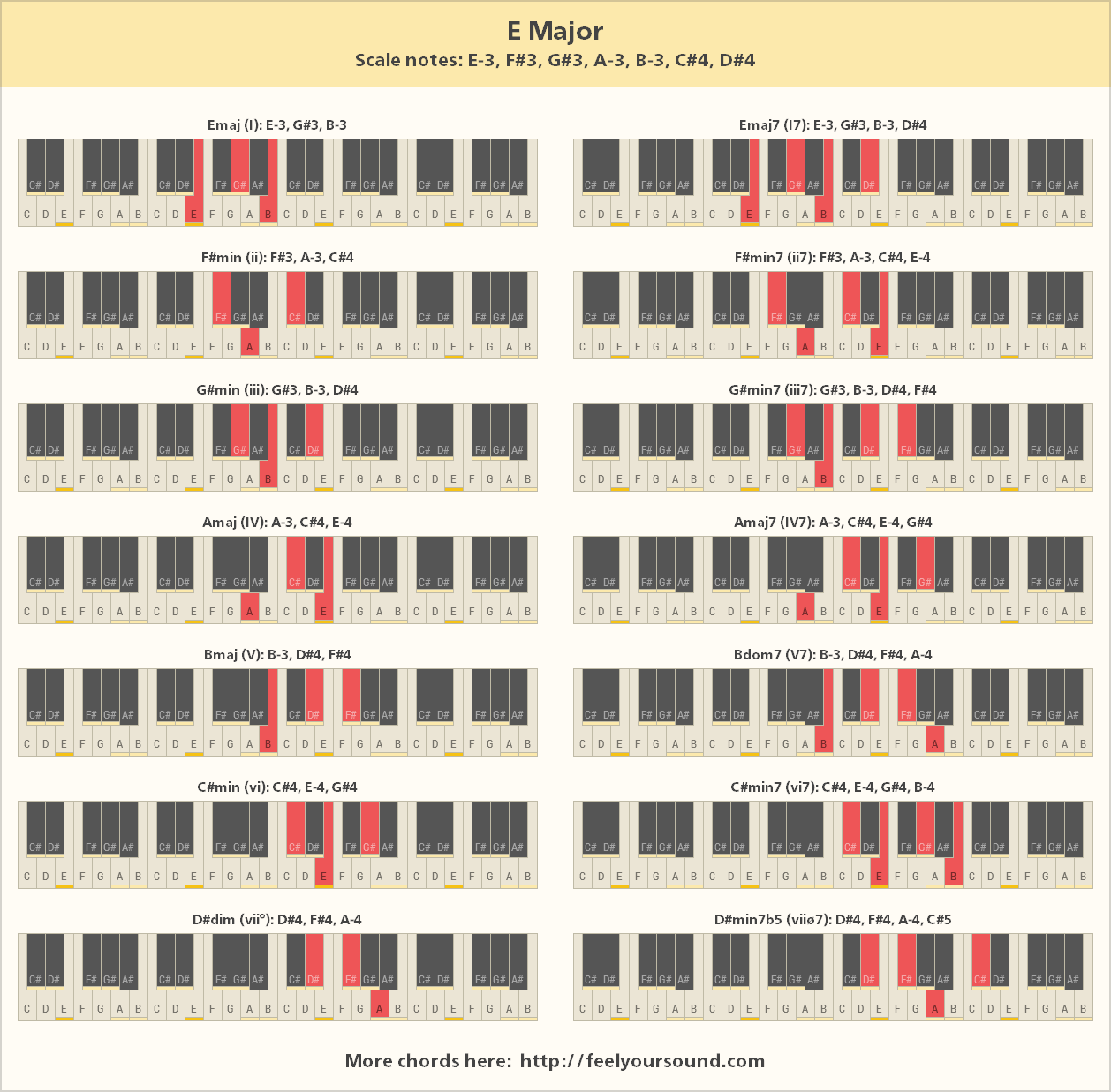


Chords And Scale Notes Of E Major
CHORDS We can use the chords built from the major scale to play these scales over To find the chords for the major scale we use a chord formula The chord formula for the major scale = major – minor – minor – major – major – minor – diminished Often notated as Roman numerals I – ii – iii – IV – V – vi – viiOtherwise, the abbreviation for major in chord names is majBesides the main chord category, there are also Major 7th chords (maj7), Major 9th chords (maj9) and Major 6th chords (6) among othersThe below diagrams show you how to play the E major chord in various positions on the fretboard with suggested finger positions E major chord attributes Interval positions with respect to the E major scale, notes in the chord and name variations Scale intervals 1 3 5;



7th Chords For Jazz Piano Pianogroove Com


Diminished Chord Theory For Beginner Piano Players
Chords For E Major Scale The notes in E Major scale are E F# G# A B C# D# Here is a list of common chords that consist of some of these notes C#/Db Minor Chord C#/Db 5 Chord C#/Db sus2 Chord C#/Db sus4 Chord C#/Db m7 ChordBecause E# is a 3note chord it also has 3 inversions Root inversion;A/E Chord Harmonized Progressions A major scale harmonized triads A Bm Dbm D E Gbm Abdim E major scale harmonized triads E Gbm Abm A B Dbm Ebdim D major scale harmonized triads D Em Gbm G A Bm Dbdim F# natural minor scale harmonized triads F#m G#dim A Bm C#m D E C# natural minor scale harmonized triads C#m D#dim E F#m G#m A B B natural minor


The E Major Scale



E Major Scale Piano Music Theory
Easy Songs with E Major The most common progression you'll likely see with E Major is going from E, to A, to B, or I, IV, V E A B Adding in the minor six chord (C#m), you have the classic `IVivIV` pattern E B C#mE♭ – F – G – A♭ – B♭ – C – D – E♭ are the notes of the E flat major scale Diatonic chords are formed by stacking two generic third notes above each scale note E Flat Major Diatonic Chords These are the seven major scale diatonic chords that come from the E Flat major scaleWell These Scales Major, Minor, Harmonic Minor, Melodic Minor, Pentatonic Major, Pentatonic Minor, Pentatonic Blues, Pentatonic Read more ›


Key Of G Sharp Minor Chords



Chords And Scale Notes Of E Major
Here's a diagram of the E flat major key signature and the notes of the E flat major scale The E flat key signature has 3 flats, , Eb, and Ab Here's a diagram showing the Eb major scale on piano Further Reading Major and Minor Key Chords Piano Chords Charts My best recommendation on this site for piano lessons is Piano For AllI – E major, E major seventh (Emaj, Emaj7) ii – F sharp minor, F# minor seventh (F#m, F#m7) iii – G sharp minor, G# minor seventh (G#m, G#m7) IV – A major, A major seventh (A, Amaj 7) V – B major, B dominant seventh (B, ) vi – C sharp minor, C# minorPiano sound On this page Charts Inversions Structure Related chords Chord on other instruments Related scales Chord staff Summary table References Adjust notes



Scalenumbers



Piano Major Scales Arpeggios Reason E Lo
The E major chord I 7 is the E maj 7 chord, and contains the notes E, G#, B, and D# This tonic 7th chords root / starting note is the 1st note (or scale degree) of the E major scale The roman numeral for number 1 is ' I', and is used to indicate this is the 1st chord in the scale It is in upper case to denote that the chord is a major chord


Chords In The Key Of E Minor



A Visual Way To Learn All 12 Major Keys Of Music On The Piano
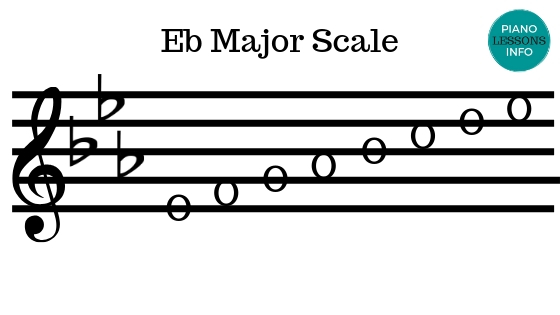


All 12 Major Scales


The 12 Major Scales



Pin By Play Piano Read Music On Musical Therapist Piano Music Piano Chords Piano Chords Chart
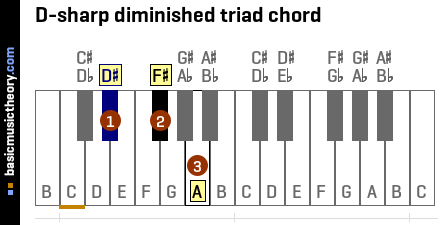


Basicmusictheory Com E Major Chords
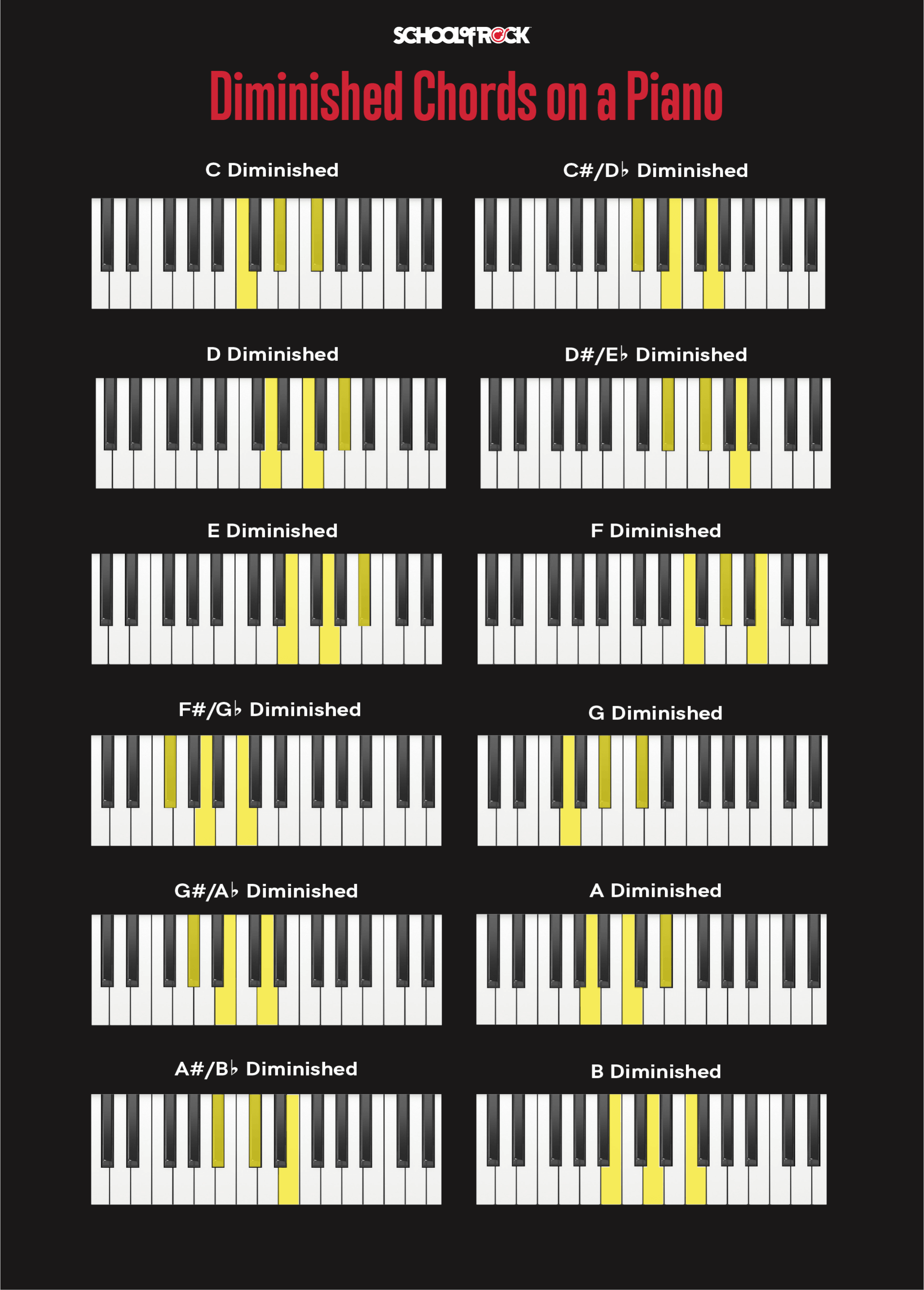


Piano Chords For Beginners School Of Rock



E Major Piano Chord Diagram And Fingerings For E E G E B
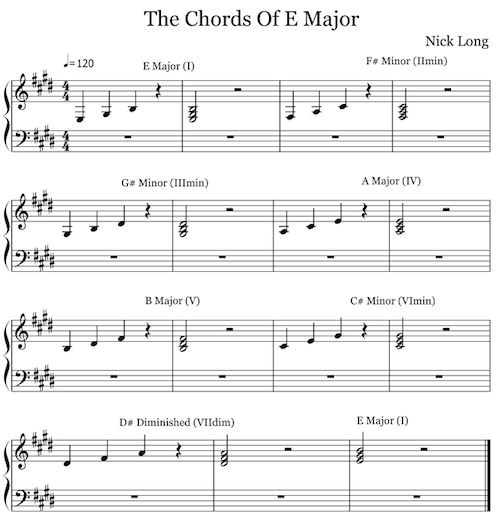


Four Chords And The Truth Musical U



Basic Piano Chords Theory Diatonic Sequence The Piano Walk



B Flat Major Scale Piano Music Theory
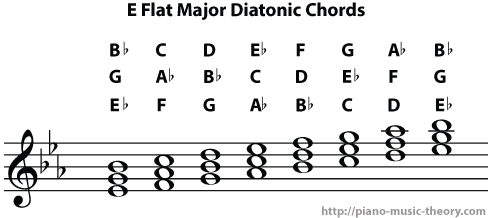


Diatonic Chords Of E Flat Major Scale Piano Music Theory



Amazon Com Desdirect Store Piano Knowledge Circle Of Fifths Major Scale Piano Piano Chords Print Poster White Satin Portrait Poster Wall Art Home Posters Prints
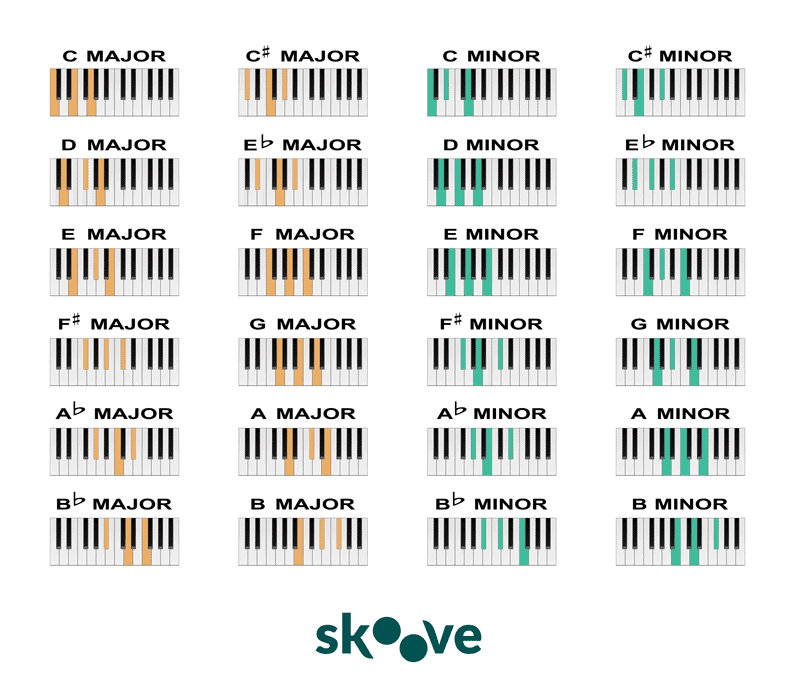


Basic Piano Chords For Beginners I Chords Chart Diagrams



Piano Chords Ultimate Guide For Beginners



The Ultimate Chord Guide For Piano Players Oktav



Piano Chords For Beginners School Of Rock


The 12 Major Scales



Piano Chords For Beginners School Of Rock



Piano Chords Pdf Chart All Piano Keyboard Chords Roedy Black



E Major Scale Charts For Piano
:max_bytes(150000):strip_icc()/A-major-chord-piano-57c7d9805f9b5829f41407b0.png)


Major Piano Treble Triads



Top Selling Piano Knowledge Circle Of Fifths Major Scale Piano Piano Chords Poster



Chords Built From Major Scales Harmonizing
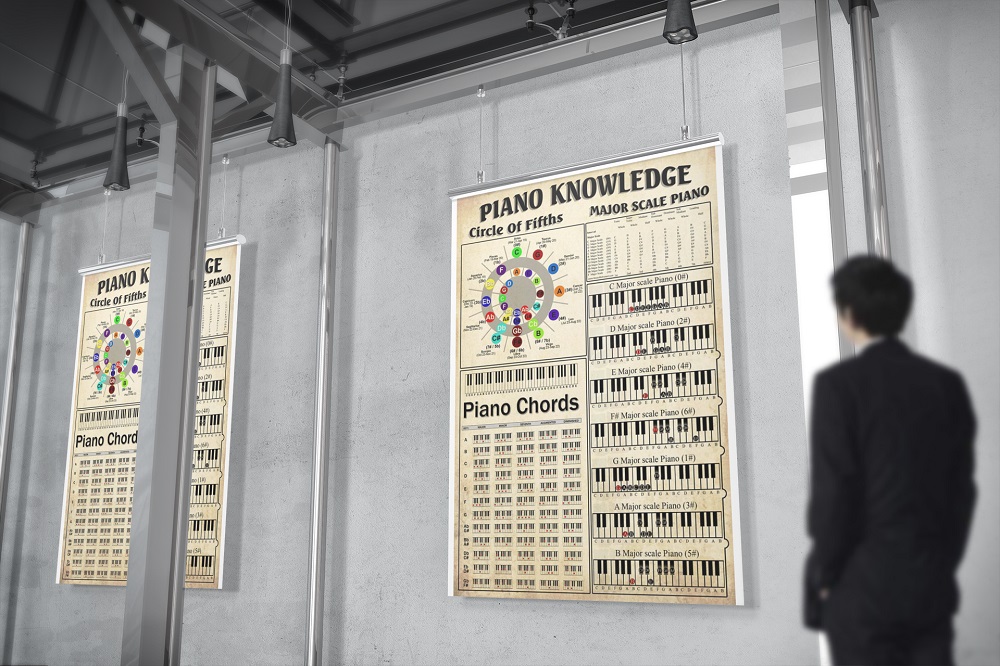


Piano Knowledge Circle Of Fifths Major Scale Piano Piano Chords Poster



E Major Scale Piano Tutorial Right Left Hand Fingering Chords On The Scale Free Chord Chart Youtube



5 Most Used Chord Progressions In Edm Top Music Arts


E Major Chord On Piano



Piano Knowledge Circle Of Fifths Piano Chords Major Scale Piano Poster



Primary Chords In The Key Of C Major Piano Lesson Youtube


Q Tbn And9gcshzq3tpsoa86yvqors Sgozlxgwpxeayqptkubocn 9ixeiir Usqp Cau
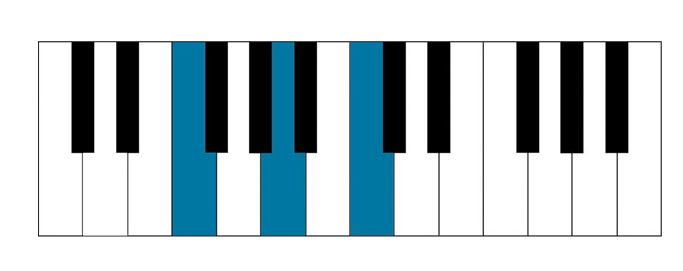


Piano Fingering Exercises Scales Chords And More



F Major Scale Piano Music Theory
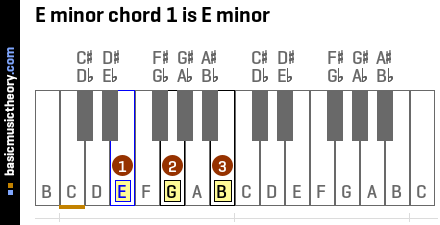


Basicmusictheory Com E Minor Chords



E Major Blues Scale Charts For Piano


Making Chords From Scales The Ethan Hein Blog



Piano Chord And Scale Poster Chart For Piano Players And Teachers Printed On Waterproof Non Tearing Polypropylene Paper Perfect Educational Reference Guide For Beginners Size 24 X 30 Buy Online In Indonesia At Desertcart Id
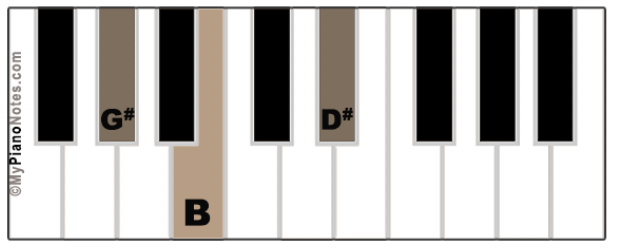


Chords In Key Of E Major All Triads Extensions Piano Examples



Piano Chord Chart Piano Chords Chart Piano Chords Piano


How To Play Any Major Chord On The Piano Julie Swihart


Major 2 Chords C2 C Major 2 All Explained



The Most Beautiful Piano Chord The Heaven Chord Piano With Jonny
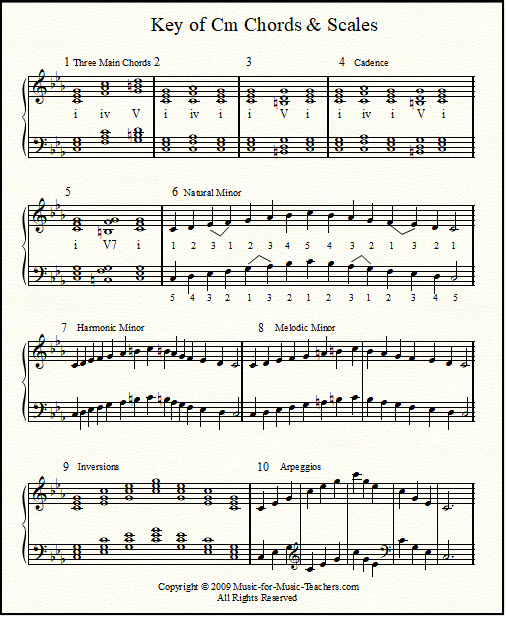


Harmonic Minor Scale And Chords Natural And Melodic Minor Piano Music Scales



Piano Chords And Pop Examples Wikibooks Open Books For An Open World
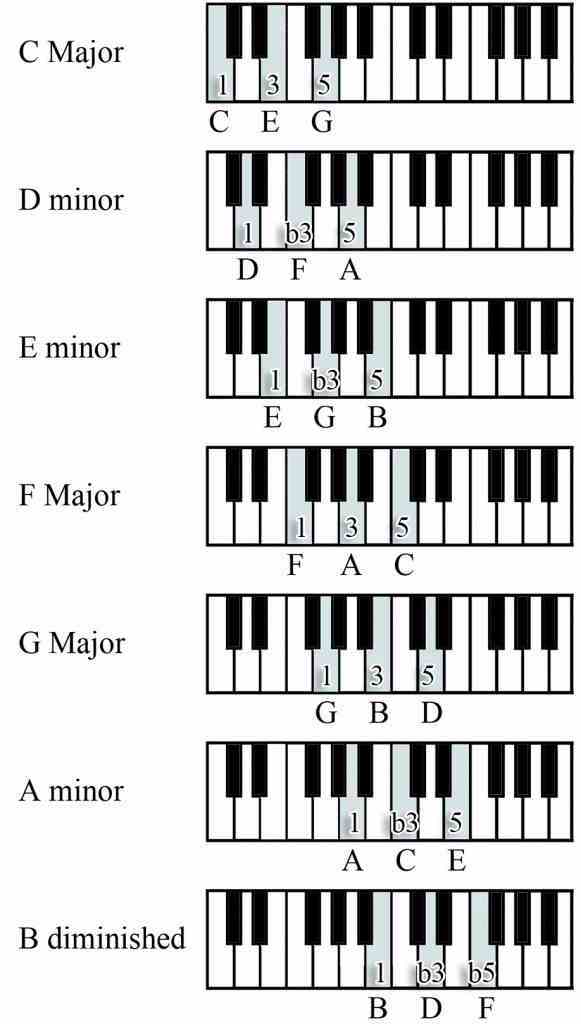


How To Play Chords
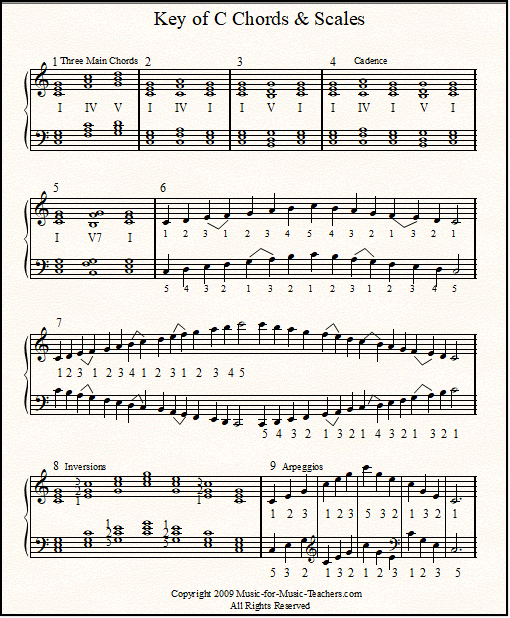


12 Major Scales Free Download For Piano Chords Arpeggios And Scales



Primary Chords In The Key Of E Major Piano Lesson Youtube



Pin On Music



E Flat Piano Chords
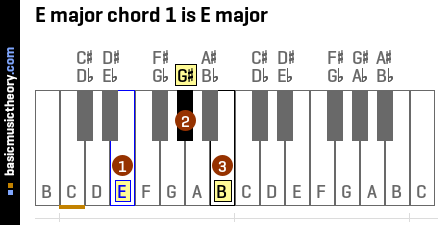


Basicmusictheory Com E Major Chords


Q Tbn And9gcrsfcrl3anawevvryfjvmg7xrccxkuvq96t1mycirdepvetno9b Usqp Cau
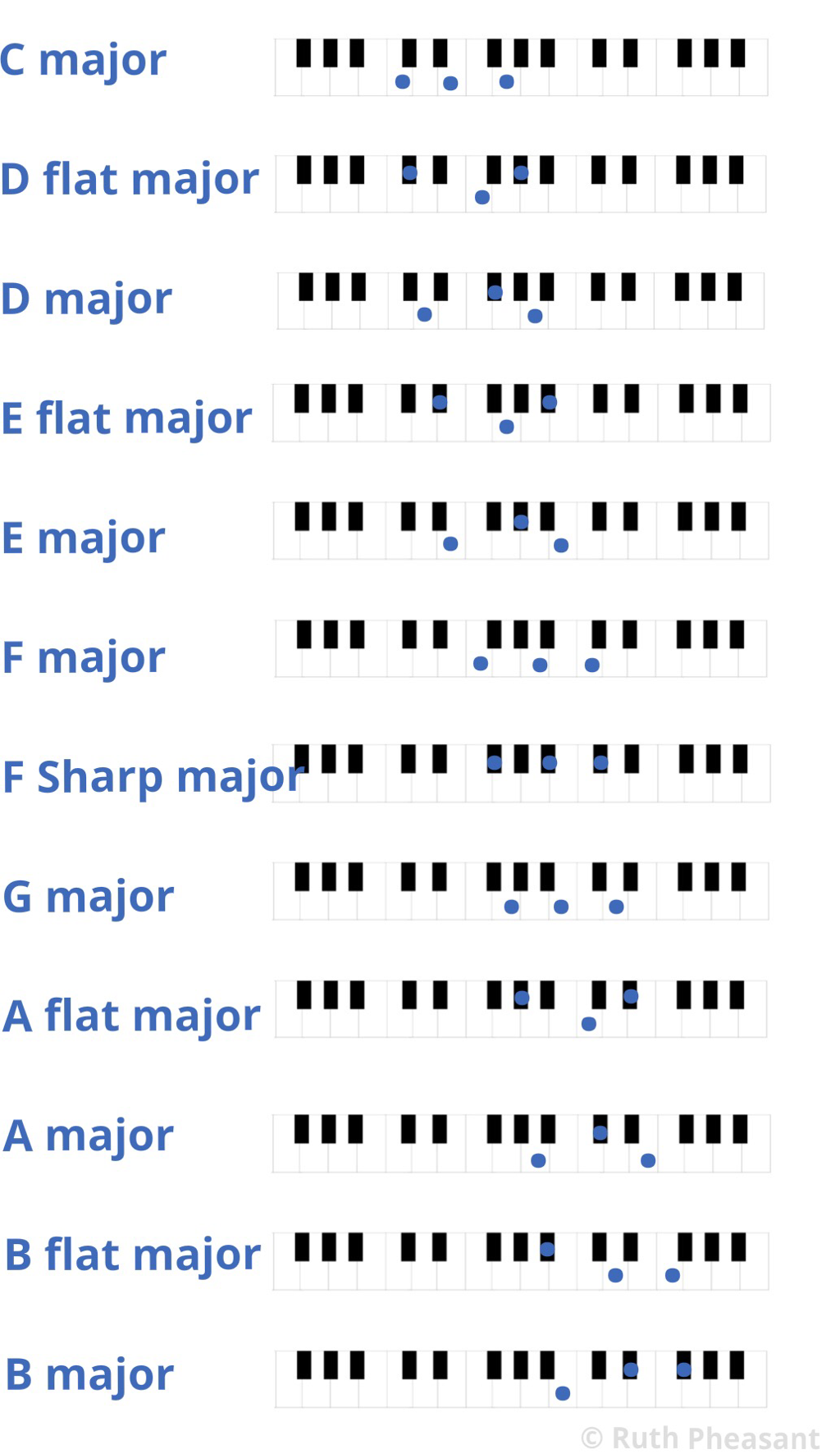


Major And Minor Chords On The Piano Ruth Pheasant Piano Lessons
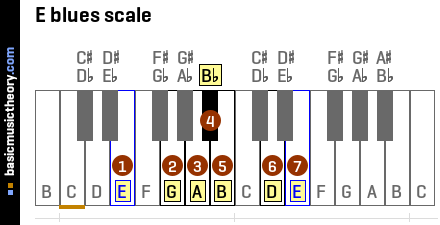


Basicmusictheory Com E Blues Scale



Amazon Com Piano 12 Scales Poster In A Tube Musical Instruments
/C-maj-seventh_piano-chord-56a72dbe5f9b58b7d0e79d10.png)


Major 7th Piano Chords



How To Read And Play Piano Chords Hoffman Academy
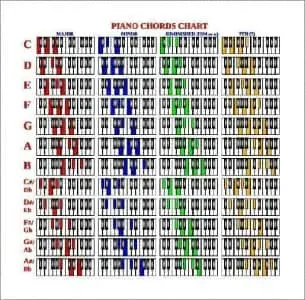


Free Printable Piano Chords Chart For Beginners



Best Price Piano Knowledge Circle Of Fifths Major Scale Piano Piano Chords Poster



Diatonic Chords Of E Major Scale Piano Music Theory



Download Major Chords Chart In All 12 Keys Piano Music Lessons Piano Songs For Beginners Piano Chords Chart
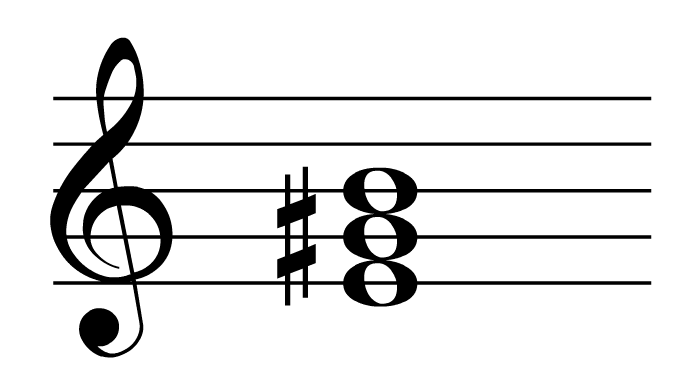


E Piano Chord Piano Chord Chart 8notes Com



Learn All Basic Piano Chords Basic Piano Chords
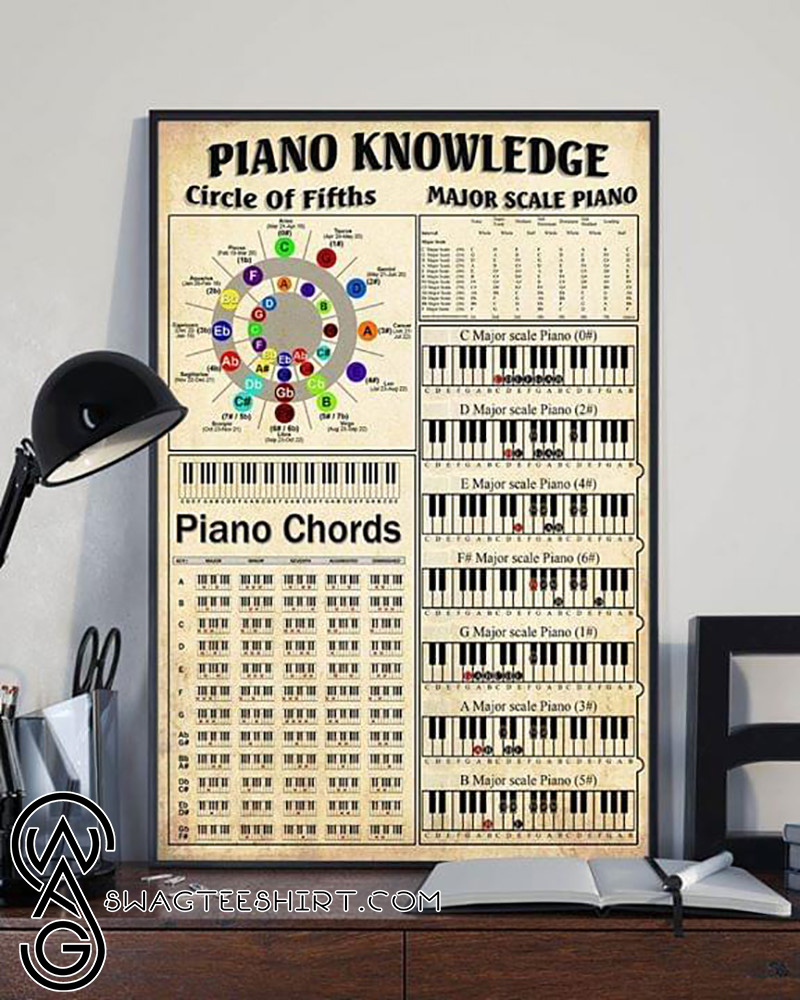


Piano Knowledge Circle Of Fifths Piano Chords Major Scale Piano Poster


Chords In The Key Of E



Piano Major Chords Theory And Diagrams



E Major Piano Chord Diagram And Fingerings For E E G E B



Amazon Com Piano Chord Poster 12 X18 And Major Minor Scale Chart 8 5 X11 Combo Educational Charts For Pianists Songwriters And Producers Perfect Guide For Learning To Play Keyboard And Write Music Posters Prints
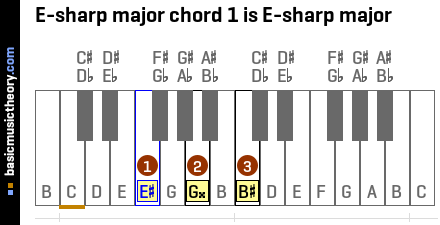


Basicmusictheory Com E Sharp Major Chords


E Major Wikipedia



Chords By Key Piano Chords In The Keys Of A B C D E F G Flat Sharp Major Minor Music Theory Guitar Piano Chords Chart Music Chords



E Major Chord


コメント
コメントを投稿